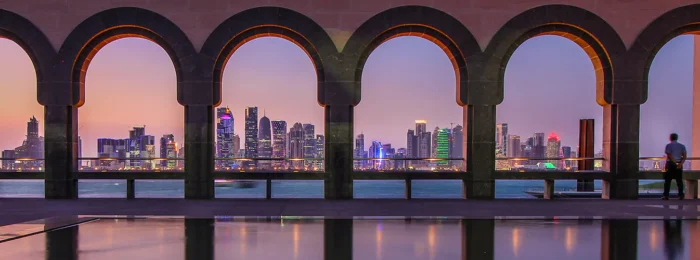It’s all too easy for Ramadan marketing campaigns to look clichéd and fall flat. A clever crescent-shaped design won’t cut it. Instead, here’s how you can deliver effective, thoughtful Ramadan campaigns your customers will love.
Ramadan is almost here. Which means it’s time to get your marketing campaign underway. But before you jump in with another cookie-cutter approach, here are the key considerations your Ramadan marketing campaigns should bear in mind.
1. VALUES-DRIVEN CONTENT
Ramadan is a time that brings families together. As people’s schedules change during the period, they meet together around the table for mealtimes, at sundown and dawn. This coincides with an increased focus on positive social values – like charity, thankfulness, hospitality, reflection and unity. Consider your brand’s story and how it contributes to society. Can you establish an authentic link with these themes?
Take Vimto, for example. They’ve managed to become a firm favourite during the Ramadan period. In the UAE, brand searches consistently spike during the month of fasting:
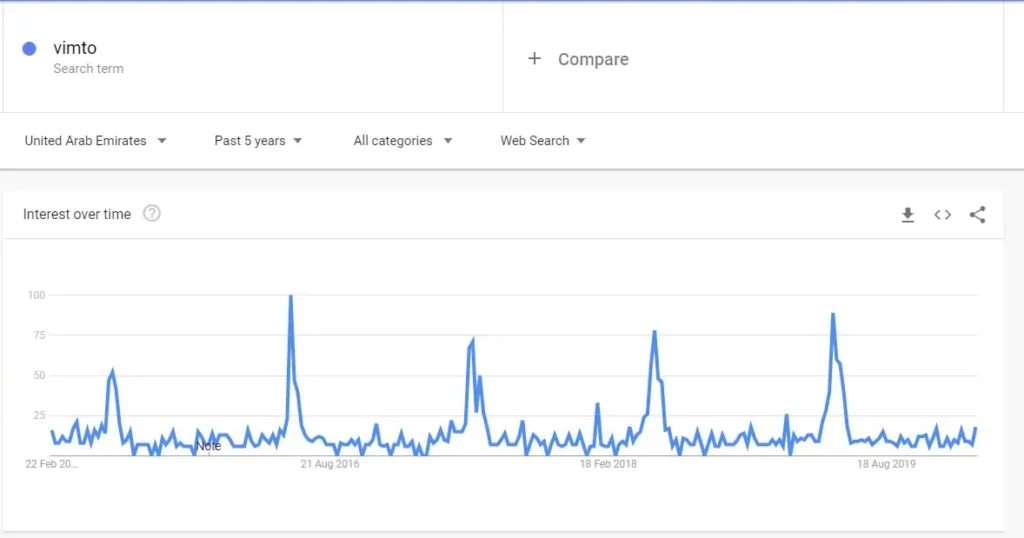
Source: Google Trends
They used this status to launch their “Messages of Light” campaign. Light (actual or spiritual) is a key theme in Muslim culture. Customers could share the light with personal, encouraging messages during the fast. By entering into the communal spirit of the month, they increased awareness among younger customers and enjoyed commercial success.
The Red Crescent and Red Cross also launched a popular campaign called “Giving is in your blood”. Blood donations often fall during the fast, as people worry about conserving energy. But by appealing to viewers’ altruism, the campaign resulted in an 88% increase in Egyptian donations alone.
Of course, not every campaign can save lives. But corporate social responsibility is in the spotlight like never before – and not just at Ramadan. 42% of global millennials spend more with businesses they feel have a positive effect on society and the environment. Muslim millennials are no different. But beware of the quick fix – if it feels fake, it won’t work.
2. MULTIPLE PARTS, MULTIPLE CHANNELS
Meet the incumbent: the traditional, post-iftar TV slots. This is when the family gathers around the set after breaking fast (and before heading out). Enter the challenger: the social media platforms, accessible from smartphones at any time of day.
It’s on social media you’ll find the most growth. In the MENA region, viewers watch an average of 113 minutes of TV per day during Ramadan. Meanwhile, desktops sit at 108 minutes, tablets at 50 minutes – and mobile at a substantial 147 minutes per day.
Social media also makes it much easier to create content series. Many Ramadan traditions revolve around thirty parts. At special evening prayers, imams recite 1/30th of the Quran every day. On the more secular side, special TV series will show a complete storyline in thirty episodes. (Many people of course like both.)
Here are two examples of brands that successfully employed a multi-part approach:
Maybelline New York won the 2019 Lantern Award for best MENA Ramadan campaign on YouTube. It gave its popular Makyaj wa Banat web series a festive Ramadan theme with Noor Stars, one of MENA’s biggest YouTube creators. (Noor is also Arabic for light.) Their 5-10 minute videos highlighted beauty trends, makeup tips and tutorials. This longer-form content was ideally timed for when their audience had more leisure time. The result? 44 years of watch time in 2019 alone.
Telecoms brands also know how to run successful campaigns. Their ability to connect people (and families) is a great base to start from. VIVA Kuwait ran a funny and relatable series featuring the Karkasha family. It shows that music and humour are not off-limits. Respect for the holy month doesn’t have to spell thirty days of seriousness.
So when it comes to planning your campaign, consider mobile-first, long-form video content. Then get creative. There are 56.7 million additional hours of leisure time to capture your viewers’ attention.
3. AVOID VISUAL CLICHES
There’s an easy way to tell when Ramadan has started. Crescents will start popping up everywhere:
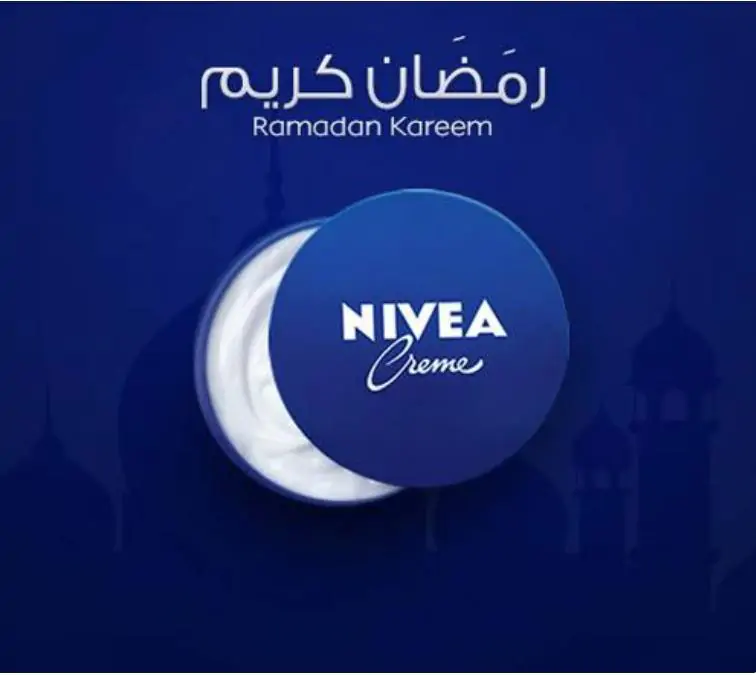
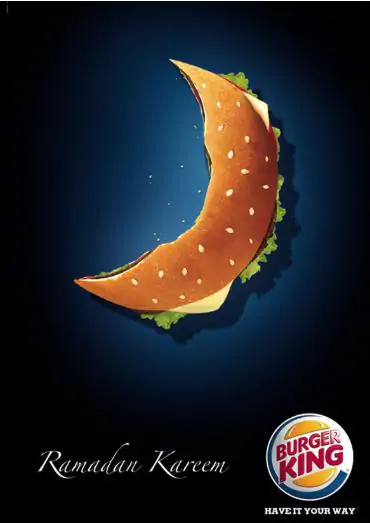
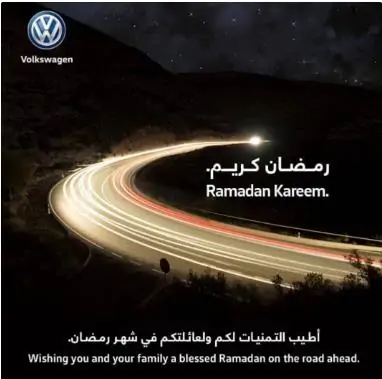
Source: The Marketing Birds
You can tell these are Ramadan marketing campaigns, but that’s about it. They’re not particularly distinctive.
They’re not alone either. Minarets, geometrical designs, lanterns, cannons, tea pots and hands in prayer position all get the same treatment. As the Ramadan marketing space becomes more crowded, it’s time to move from acknowledging the holy month to engaging your audience.
This is a lovely alternative from the Dubai-based Ramadan Sharing Fridges movement. They feed the fasting through communal fridges (and public donations). And they post a mixture of images, including the lovingly painted fridges themselves.

A good way of breaking the mould is to feature people, in combination with Ramadan symbols. It makes it more difficult to reuse the same advert across different markets. But the more personal approach will pay off.
4. DIVERSE DIVERSITY
In 2017, Tesco ran a Christmas advert featuring a Muslim family for the first time. It created some controversy, but highlighted a long-term theme of inclusivity. This works both ways.
Snickers Malaysia created a strong Ramadan marketing campaign around solidarity. They wanted to help non-Muslims understand what fasting during Ramadan is like. They linked it to their ongoing theme of defeating hunger. The campaign was a success, garnering 800,000 views and strong online support.
But diversity doesn’t just mean interfaith. Tata Motors created a heartwarming advertising epic, showing children from different backgrounds raising money together. Their beloved bus driver was then able to travel home to spend the festivities with his family.
Diversity looks different in each country. For example, in the UAE, not all Muslims are Arab. In the UK, not all Muslims are South Asian. Acknowledging the diversity of your audience plays directly into the Ramadan theme of unity.
If you’re planning to feature people in your marketing materials, pay attention to nuance. How you tie your headscarf is as much a social signal as the trainers you wear (or don’t). And many Muslim women don’t wear a headscarf at all. For men, headwear changes even among the individual Gulf states. Your audience will be able to “read” your pictures. Make sure the signals you’re sending are intentional – good audience research will reap big rewards here.
5. GET YOUR GREETINGS RIGHT
Arabic is the lingua franca of the Muslim world. And regardless of a person’s mother tongue, Arabic greetings are understood everywhere from the UK to APAC. That being said, if you’re targeting a country where Arabic isn’t an official or main language, include the Latin alphabet for your greeting.
“Ramadan Kareem” wishes people a kind/generous Ramadan, while “Ramadan Mubarak” wishes a blessed Ramadan. “Eid Mubarak” is the default greeting for the Eid holidays. But watch out: “Eid” means feast or celebration and there are two Eid events every year. The one after Ramadan is called Eid ul Fitr – not Eid ul Adha.
FINAL THOUGHTS
Ramadan marketing campaigns are a missed opportunity for many brands. But 78% of UK Muslims want to see more engagement from brands and retailers. That’s why Ramadan is a great chance for brands to connect meaningfully with their audience and build long-term brand affinity. Plus, a focus on forgiveness, charity and gratitude in all their forms can only be a good thing.
Do you need help getting your Ramadan marketing campaign off the ground? We have the in-market researchers, brand specialists and creatives you need. Check out our market research service, then please get in touch – we’d love to help.


